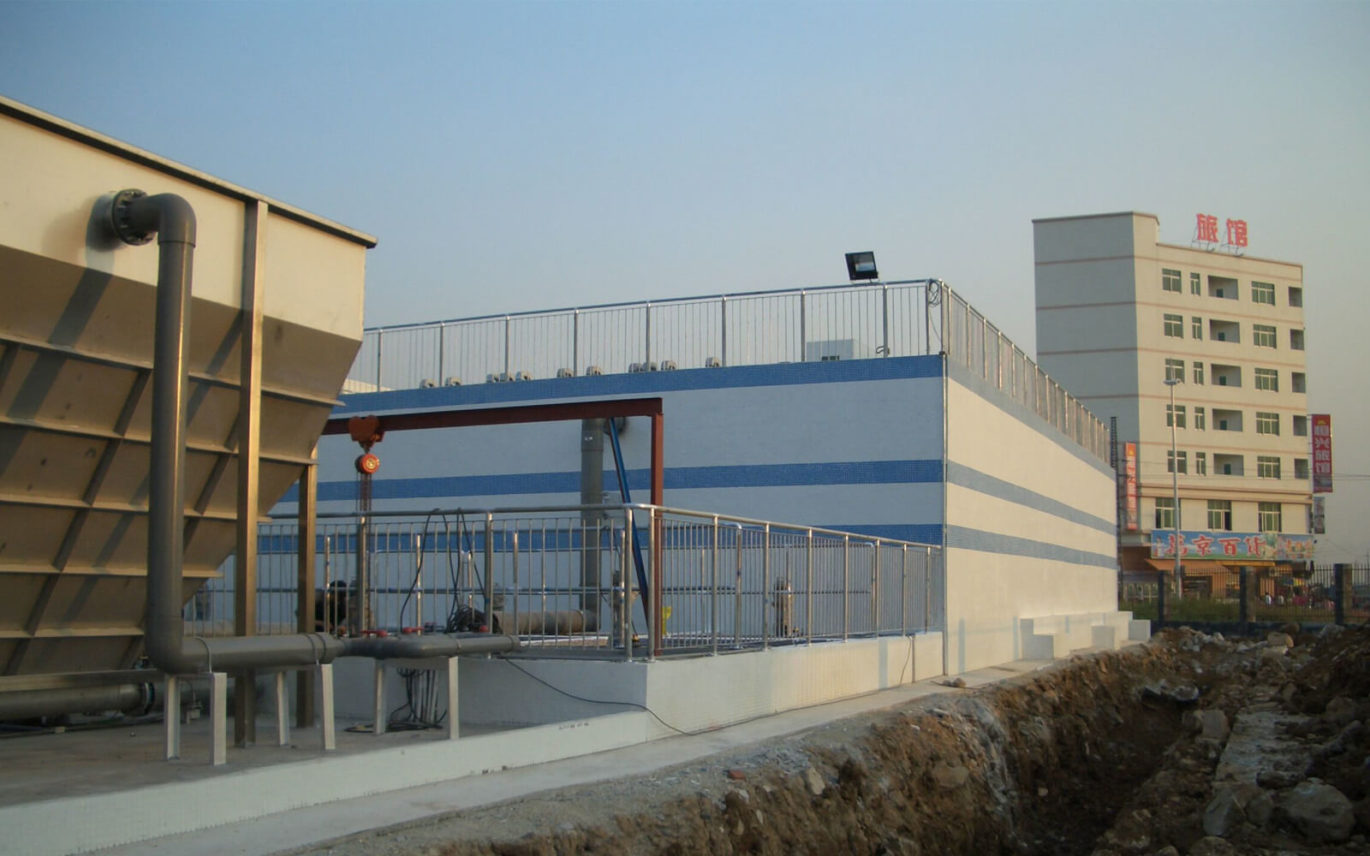FBR Systems
This biotreatment process is used to treat municipal and industrial wastewater. Typically, wastewater after primary treatment (i.e. suspended impurities removed) is treated in an activated sludge process based biological treatment system comprising aeration tank followed by a flotation system. The aeration tank is a completely mixed or a plug flow (in some cases) bioreactor where specific concentration of biomass (measured as mixed liquor suspended solids (MLSS) or mixed liquor volatile suspended solids (MLVSS)) is maintained along with sufficient dissolved oxygen (DO) concentration (typically 2 mg/l) to effect biodegradation of soluble organic impurities measured as biochemical oxygen demand (BOD5) or chemical oxygen demand (COD). The aeration tank is provided with mechanical surface aerators to meet the aeration requirement. The aerated mixed liquor from the aeration tank overflows by gravity to the flotation system to separate out the biomass and allow clarified, treated water to the effluent discharge point The separated biomass is returned to the aeration tank by means of return activated sludge pump. Excess biomass (produced during the biodegradation process) is wasted to the sludge handling and dewatering facility.

